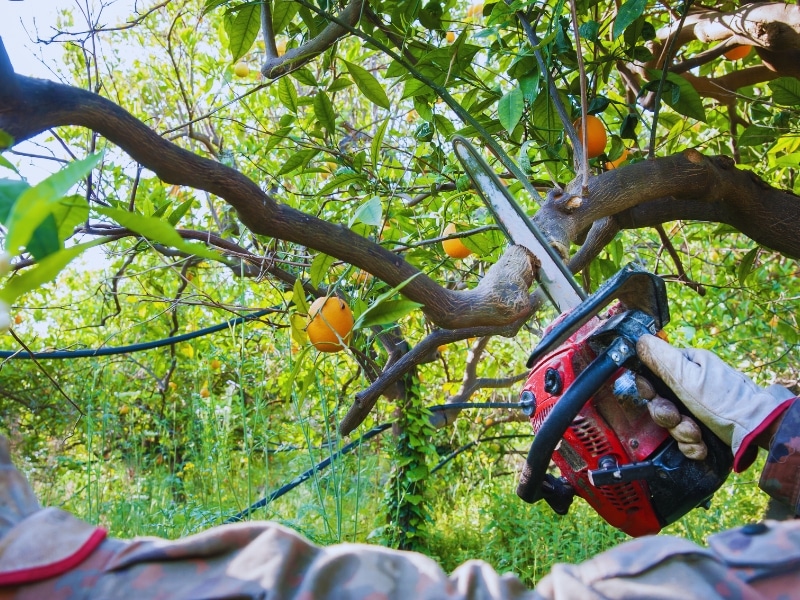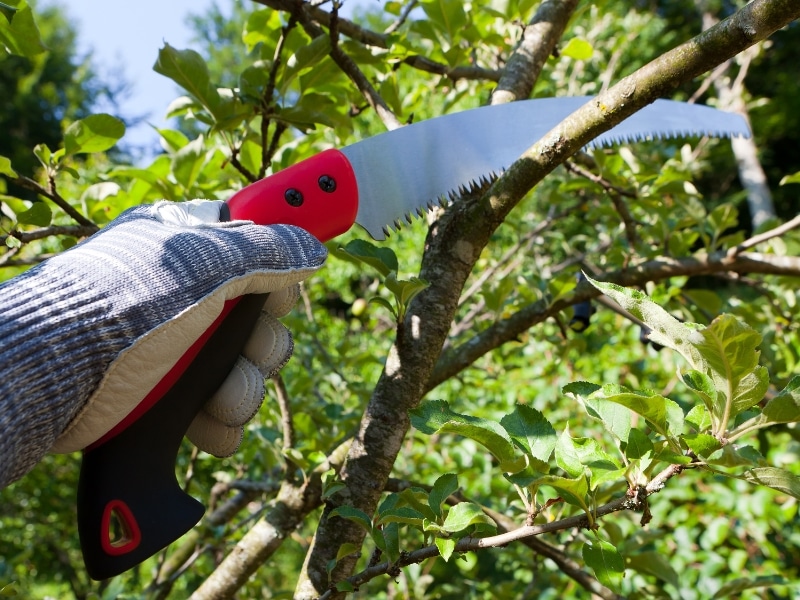Citrus trees are a backyard staple across Australia, but knowing when and how often to prune them can make or break their fruitfulness. If you’ve been wondering how to get your lemon, orange, or lime tree producing more fruit without overdoing it, you’re not alone. Over-pruning citrus trees can weaken the tree, while neglecting it can lead to poor fruit yield and disease. Striking the right balance is key. This guide explores the optimal pruning frequency for various citrus varieties, practical methods, and seasonal considerations. Whether you’re dealing with a spindly lemon tree or a thick-limbed orange, the proper technique can turn things around. No fluff, no filler—just functional, down-to-earth advice to help your citrus trees thrive.
What’s the best time of year for pruning citrus trees?
When you prune, it matters just as much as how you prune. In most Australian climates, late winter to early spring is the sweet spot. This is when the trees are less active and won’t stress as much from cutting. You’ll notice that timing your cuts can make a world of difference to the health and vigour of your tree.
- Winter (July to August): Shape your tree and remove dead or diseased wood. During this time, you can see the tree’s structure more clearly, which makes it easier to plan cuts. It’s also less likely you’ll disturb any new growth forming at the tips.
- Early Spring (September): Tidy frost damage and encourage vigorous growth. A well-timed prune here sets the stage for even flowering and sturdy fruit development later in the season.
- Late Summer (February): Manage size with a light prune, but avoid heavy cuts. Removing just enough to keep the canopy open helps your tree cope with the warm weather without shocking it before autumn.
Pruning during high-growth periods, such as mid-spring or early summer, can lead to increased sap loss and slower recovery.
If you’re preparing to start, it helps to understand the principles behind safe and efficient tree pruning methods that protect your citrus trees from unnecessary stress.
How can you tell if a citrus tree needs pruning?
Ignoring clear signs of overgrowth can put your tree at risk. A neglected canopy creates the perfect storm for pests and disease. Keep an eye out for these indicators that it’s time to act:
- Crowded branches: This can lead to thin, leggy growth and branches that are too weak to support the weight of fruit without snapping.
- Dead or diseased limbs: These branches often look dry, brittle, or discoloured and should be removed as soon as possible.
- Crossing or rubbing branches: Over time, this friction can open up the wood, making it easier for fungal spores or borers to take hold.
- Sparse fruit production: If your harvest has been underwhelming, dense foliage may be the culprit, blocking the sunlight citrus trees rely on to set healthy fruit.
You’ll have a smoother time managing your trees when you start early. For younger specimens, focusing on pruning young citrus trees properly helps establish a strong structure and consistent fruiting in the long term.
What are the safest ways to prune citrus trees?
Technique counts more than brute force. Sloppy cuts or blunt tools can damage your tree permanently. Working step by step with care ensures healthy growth and fewer headaches.
Remove dead wood: During dormancy, to keep disease at bay, cutting right back to the collar helps the tree seal over the wound more effectively.
| Pruning Task | Safe Approach |
|---|---|
|
Removing dead wood |
Cut at the base of the branch, cleanly |
|
Reducing height |
Trim above a node or side shoot |
| Thinning the inner canopy | Space cuts evenly to maintain structure |
| Avoiding damage | Use sharp, clean tools to prevent tearing |
- Thin dense areas: Light and air can circulate. Good airflow means less humidity is trapped in the canopy, which reduces the likelihood of fungal infections and helps fruit ripen evenly.
- Reduce height slowly: Sudden significant cuts can trigger stress responses, leading to water shoots and wasted energy.
- Keep your tools disinfected: A quick wipe-down with methylated spirits stops diseases hitching a ride to the next branch.
If you’ve noticed stunted growth or discolouration, understanding how to tell if your tree is in decline can help you decide whether pruning is the right next step.
Why does pruning lemon trees differ from pruning oranges?
Lemon trees grow faster and have spikier limbs, while oranges tend to form a denser canopy that needs careful thinning. Each type requires a slightly different approach to stay healthy and manageable.
- Lemon trees: Prune twice a year—once in late winter and again lightly in early summer. Regular cuts keep the fast-growing shoots under control and stop them from shading out lower branches.
- Orange trees: One annual prune is often enough to open the canopy. Focus on removing crowded growth and shaping the tree to allow light to enter the centre.
- Mandarin or lime trees: Prefer a gentle annual trim to maintain shape. Over-pruning these varieties can lead to fewer flowers and delayed fruiting.
Overdoing it can backfire. If you’re in Victoria, you’ll benefit from following safe tree maintenance practices to reduce risks and comply with local guidelines.
Which common mistakes should you avoid when pruning?
Even experienced gardeners can slip up if they rush or work without a plan. The most common missteps typically stem from issues with timing, technique, and cleaning.
- Cutting during flowering or fruiting stresses the tree and reduces yield. Avoid trimming when buds are forming so you don’t lose next season’s fruit.
- Removing too much foliage limits photosynthesis and growth. Your tree relies on healthy leaves to produce energy, so never strip it bare.
- Failing to disinfect tools can quickly spread disease. Always clean your blades between trees to prevent the spread of pathogens.
- Neglecting the canopy shape blocks airflow and sunlight. A well-shaped canopy keeps the tree balanced and reduces limb breakage in windy weather.
Taking shortcuts often leads to severe damage that can take years to repair. A steady hand and good timing will always serve you better.
Does pruning citrus trees help fight pests and disease?
Absolutely. One of the most overlooked benefits of pruning is how it boosts natural defences. An open canopy keeps your trees resilient against insects and fungal problems.
- Better airflow prevents mould and mildew. Without damp pockets, pathogens have nowhere to settle and spread.
- Sunlight keeps inner branches strong and promotes even fruit ripening. Consistent light exposure also improves the colour and sweetness of your citrus.
- Removing weak growth stops infestations early. Pests are drawn to stressed, dying wood, so removing it reduces their hiding spots.
- New shoots are hardier and less prone to pests. Fresh, vigorous growth is usually stronger and more resistant to attack.
Pruning isn’t just about aesthetics—it’s also about health. When your trees are properly maintained, you can expect more reliable harvests and fewer setbacks over time.
Final thoughts
Pruning citrus trees isn’t about hacking away—it’s about timing, care, and paying attention to your tree’s cues. Whether you’re shaping a spindly lemon or tidying up a thick orange, patience will deliver the best results. If you’d like more guidance tailored to your garden, you can find out how The Yard keeps trees healthy year-round with a helpful walkthrough.



